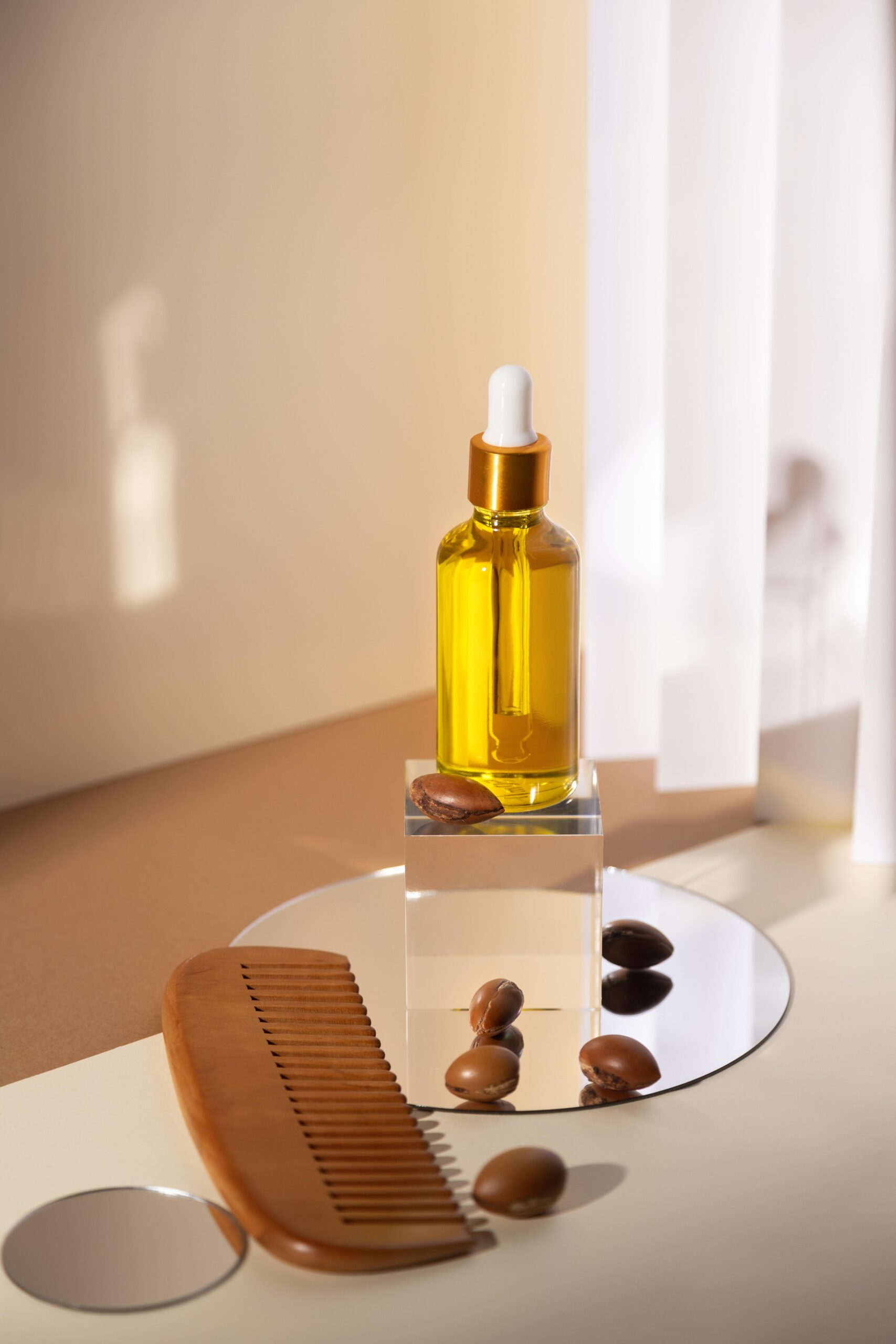
Hair damage is a common concern, often resulting from factors like excessive heat styling, chemical treatments, environmental exposure, and inadequate hair care routines. One effective remedy to counteract this damage is the use of hair oils. Incorporating care hair oil into your hair care regimen can significantly improve the health and appearance of your hair.
Understanding Hair Damage
Hair strands consist of three layers: the cuticle (outer layer), the cortex (middle layer), and the medulla (inner layer). The cuticle serves as a protective shield for the inner layers. When the cuticle is compromised due to damage, it leads to issues such as dryness, brittleness, and split ends. Addressing this damage requires targeted care to restore the hair’s integrity.
Benefits of Care Hair Oil for Damaged Hair
-
Moisturization and Hydration
Damaged hair often lacks moisture, leading to a rough texture and increased breakage. Applying care hair oil helps replenish lost moisture, enhancing the hair’s softness and flexibility. Oils like coconut, argan, and almond are renowned for their deep moisturizing properties, penetrating the hair shaft to provide lasting hydration
-
Strengthening Hair
Regular use of hair oil can fortify the hair’s structural integrity. Oils rich in essential fatty acids and vitamins, such as argan oil, contribute to strengthening hair follicles and reducing breakage.
-
Protection Against Environmental Damage
Hair is continually exposed to environmental aggressors like UV rays and pollution, which can exacerbate damage. Certain oils, including almond oil, create a protective barrier that shields hair from harmful UV radiation and environmental pollutants.
-
Enhancing Shine and Luster
Damaged hair often appears dull and lifeless. Care hair oils can restore natural shine by smoothing the cuticle layer, resulting in enhanced light reflection and a healthier appearance.
How to Use Care Hair Oil Effectively
-
Pre-Shampoo Treatment
Applying hair oil before shampooing can prevent excessive dryness caused by cleansing agents. Distribute the oil evenly from mid-length to ends, leave it on for about 30 minutes, and then proceed with your regular shampoo routine
-
Post-Wash Application
For added moisture and protection, apply a few drops of hair oil to clean, damp hair. This method helps in sealing moisture, reducing frizz, and adding shine without leaving a greasy residue.
-
Scalp Massage
Massaging oil into the scalp can improve blood circulation and promote a healthier environment for hair growth. Use fingertips to apply the oil in circular motions, which can also aid in stress reduction.
-
Overnight Deep Conditioning
For intensive repair, apply a generous amount of oil to your hair and leave it on overnight. Cover your hair with a shower cap to prevent staining your bedding. In the morning, wash your hair thoroughly to remove the oil.
Selecting the Right Care Hair Oil
Choosing an oil that suits your hair type and addresses specific concerns is crucial. Here are some popular options:
-
Coconut Oil: Known for its deep conditioning properties, it is ideal for penetrating the hair shaft and reducing protein loss.
-
Argan Oil: Rich in vitamin E and fatty acids, it nourishes and strengthens hair, making it suitable for combating dryness and frizz.
-
Jojoba Oil: Mimics the scalp’s natural oils, making it excellent for moisturizing without leaving a heavy residue.
-
Almond Oil: Provides essential nutrients that soften hair and promote a healthy scalp.
Frequency of Application
The frequency of oiling depends on individual hair needs:
-
Dry or Damaged Hair: Oiling 2-3 times a week can provide necessary moisture and repair.
-
Oily Hair: Once a week or bi-weekly applications are sufficient to avoid excess oiliness.
-
Normal Hair: Weekly oiling maintains overall health and shine.
Conclusion
Integrating hair oil into your hair care routine can significantly mitigate damage and enhance hair health. By providing moisture, strengthening strands, protecting against environmental factors, and restoring shine, hair oils serve as a versatile solution for damaged hair. Selecting the appropriate oil and application method tailored to your hair’s needs will yield the best results, leading to stronger, shinier, and more resilient hair.